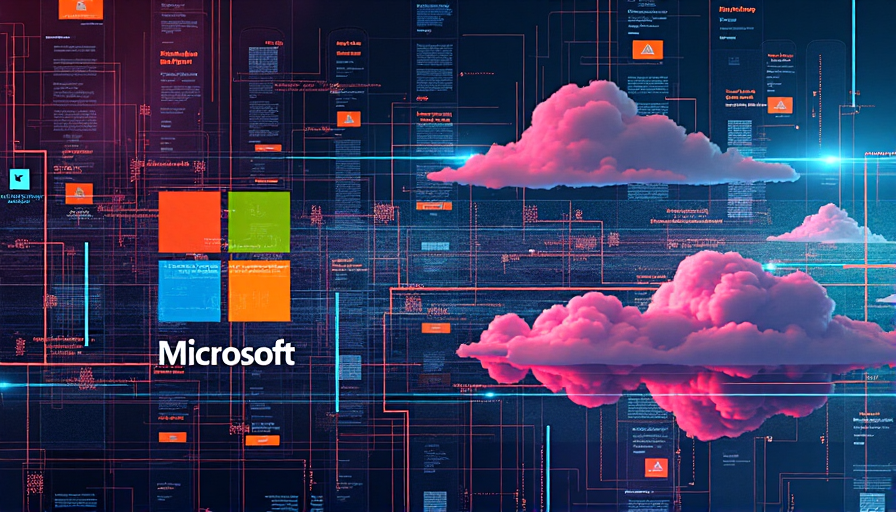
Microsoft at 50: Bridging Legacy and AI Innovation
As Microsoft marks its 50th anniversary, the tech giant stands at a pivotal crossroads where decades of computing legacy meet the transformative era of artificial intelligence (AI). Founded in 1975 as “Micro-Soft” by Bill Gates and Paul Allen, Microsoft set out with a revolutionary goal: to place computers in every home and office. Today, the company is pivoting its storied past into a future defined by AI and cloud computing.
From Humble Beginnings to a Trillion-Dollar Titan
Microsoft’s journey began with early innovations like the MS-DOS operating system, which evolved into the ubiquitous Windows platform that has powered much of the world’s computers. Its Office suite—featuring essential tools such as Word, Excel, and PowerPoint—remains a backbone of business operations globally, despite the rise of free alternatives like Google Docs.
Jeremy Goldman, an analyst at eMarketer, once remarked that despite its seeming ‘boring’ approach, Microsoft commands a staggering $2.9 trillion market cap—second only to a tech rival like Apple.
The Cloud Computing Revolution
In its quest for relevance and growth, Microsoft transformed its software offerings into subscription-based services hosted via its robust cloud infrastructure. This strategic move not only resurrected its market presence but also provided resilience against competitors who offer free, cloud-based services. Described as “not very sexy but very valuable,” Microsoft’s cloud foundation now fuels its expanding revenue stream, standing shoulder-to-shoulder with rivals like Amazon Web Services and Google Cloud.
Evolving in an Era of Social and Mobile Innovation
While Microsoft’s core strengths remain rooted in office productivity and cloud computing, the company has encountered challenges in emerging areas like mobile technology and social networking. Historical missteps—such as missing early opportunities in the smartphone revolution—have left the company trailing competitors in social engagement and digital lifestyle products. Efforts to overcome these hurdles include strategic acquisitions like LinkedIn and the ambitious purchase of Activision Blizzard to bolster its gaming portfolio through Xbox.
The AI Ambition and Competitive Landscape
In a rapidly evolving market, Microsoft is doubling down on artificial intelligence. CEO Satya Nadella’s vision of a “mobile-first, cloud-first” company has led to significant investments in AI, including a notable stake in ChatGPT’s creators, OpenAI, and integration of AI capabilities within Bing. However, some industry analysts express concerns that, despite these endeavors, Microsoft may be trailing behind tech leaders like Google and AWS in terms of chip technology and foundational AI models.
Independent expert Jack Gold notes that while Microsoft has made impressive strides, its efforts in developing proprietary chips and advanced AI models are yet to match the pace set by its competitors. As AI continues to reshape the tech landscape, how Microsoft adapts will be crucial to maintaining its innovative edge.
Looking Ahead
Microsoft’s milestone 50-year legacy is a testament to its enduring influence on technology and innovation. As the company shifts its focus towards AI-driven solutions, it faces both immense opportunities and significant challenges. The coming years will determine whether Microsoft can successfully merge its rich heritage with groundbreaking advancements to remain a global tech powerhouse.
Note: This publication was rewritten using AI. The content was based on the original source linked above.